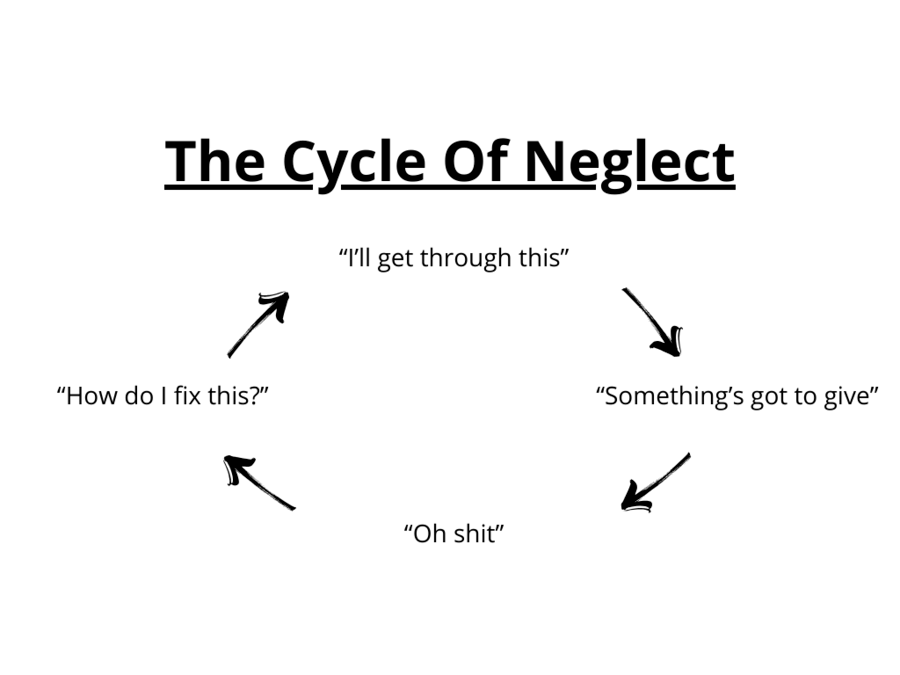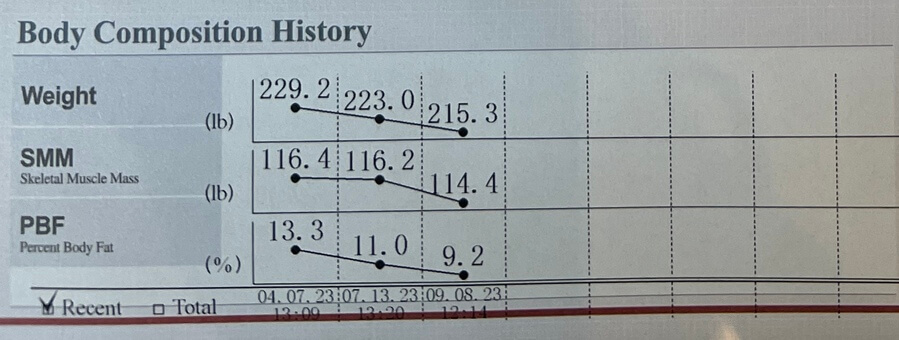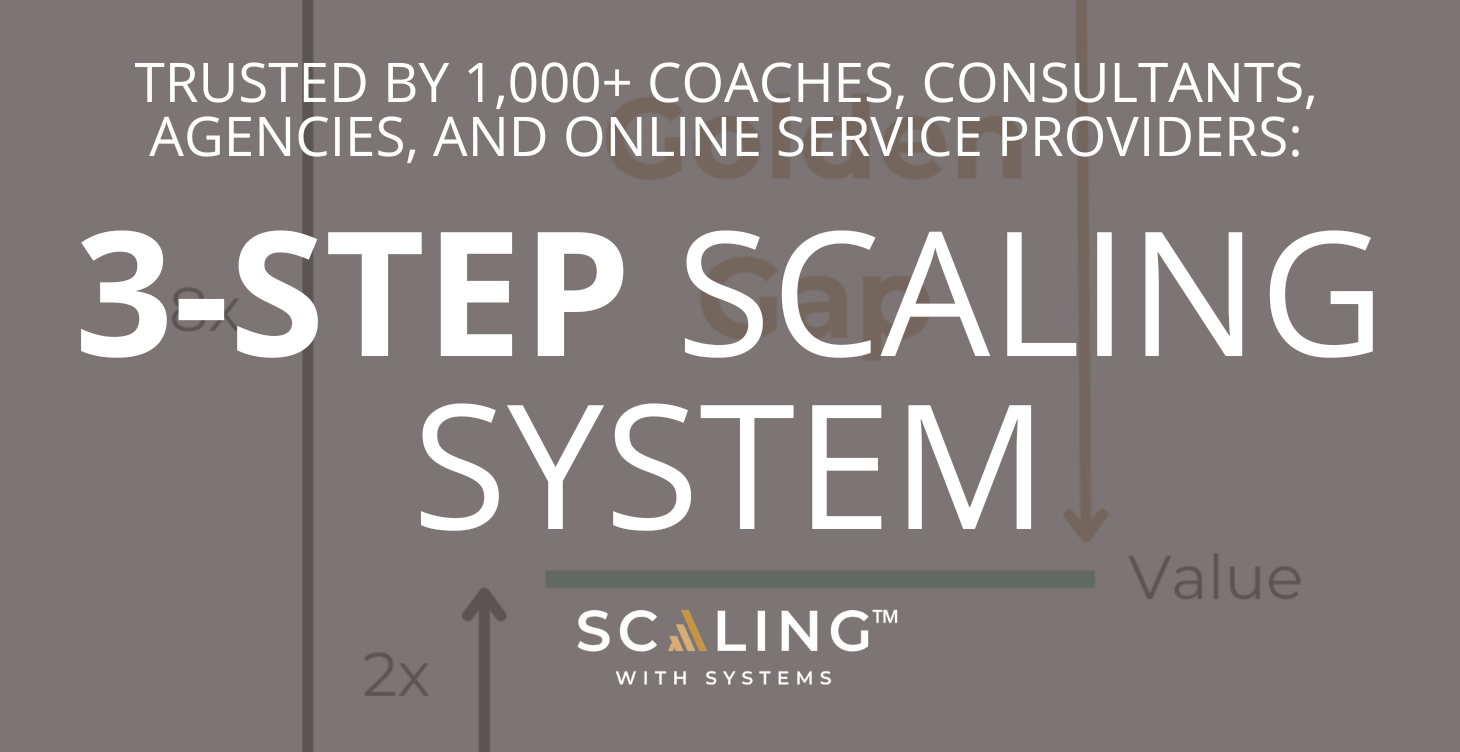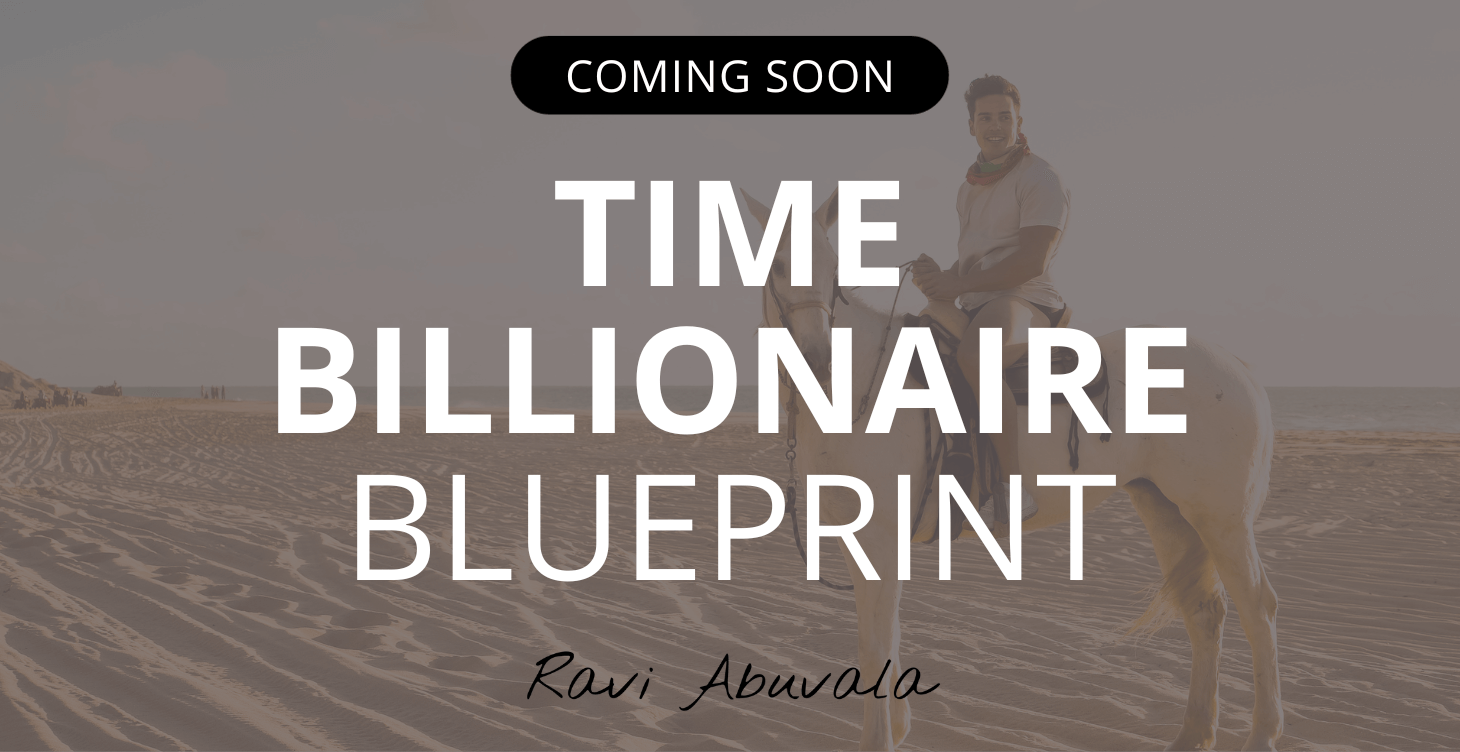“We have the same body type.”
The only time that statement doesn’t hurt is when it’s being said by a model or professional athlete.
Unfortunately for me, this was being said by my friend’s videographer in a hot tub in Cabo San Lucas, Mexico.
A friend who, objectively speaking, was at least 50 lb overweight.
It hurt even more because I didn’t even realize I had put on a few pounds.
When I looked at myself in the mirror, I saw the same in-shape guy I saw in college.

Women are like a fine wine, they get better with age.
I felt like I was doing all the same things that I was doing before.
So why was I being compared to the guy who started every morning with a Coke-A-Cola and a pop-tart?
I didn’t realize I had fallen into the “Cycle Of Neglect”.

The “Cycle Of Neglect” is a concept I developed to better understand the root of the stagnation I experienced in certain areas of my life.
While this concept can apply to anyone in any area of their lives, I’ve noticed it’s especially prevalent in the health of entrepreneurs.
(If you’re not an entrepreneur, don’t worry, this still 100% applies.)
Stage One: “I’ll Get Through This”
This is why I see this cycle in entrepreneurs more than anyone else.
Unless you’ve run a business, you couldn’t possibly understand the constant, immense pressure it brings:
- Payroll to meet
- Goals to reach
- Status to maintain
- Bills to pay
- Lawsuits to avoid
- Market changes to keep up with
- Crises to handle
- Employees to manage
Plus the everyday pressures of being human:
- Finding a partner/spouse
- Maintaining the partner/spouse relationship
- Getting in shape
- Staying in shape
- Cultivating a social life
- Being a “family man/woman”
You get the point.
You can understand how quickly an entrepreneur (or anyone) can slip into stage one (my heart is racing just writing about it).
Stage Two: “Somethings Got To Give”
This is the usual sentiment once someone enters stage one.
Some external event has caused us to have (or feel that we have) less capacity than we did before.
So we look at all the things on our plate and remove those that would have the smallest short-term impact.
This is called “falling to the level of your systems”, which I will cover in-depth later.
If you’re having trouble making payroll next month, it becomes easy to justify not going to the gym today.
It’s just one day right?
You’re already “pretty” in shape.
And you won’t need to show off your physique for a while (thank god for winter months).
Replace “not going to the gym” with:
- Not spending time with your kids
- Not going to bed on time
- Not calling back your mom/dad
And we can all say we’ve been here at least once.
Stage Three: “Oh Shit”
Stage two could last anywhere from a few days to a few years.
You enter stage three when you have an “oh shit” moment.
This is when the short-term choice you made starts having long-term consequences.
- Your friend makes a joke about your weight (my experience from earlier)
- Your significant other breaks up with you
- You forget your mom/dad’s birthday
- Your kids ask you if you love work more than them
The point is: that sacrifice you made earlier has come back to bite you in the ass, in a big way.
Stage Four: “How Do I Fix This?”
“You don’t rise to the level of your goals, you fall to the level of your systems” – James Clear
The problem is, we don’t have any systems (or at least not any good ones).
That’s why we’re in this situation in the first place.
So we knee-jerk react and go all-in on trying to return to our previous state.
- We take a 10-day vacation with our family.
- We hire a personal trainer and go to the gym 7 days a week.
- We buy our mom/dad an expensive gift.
In that brief moment of going all-in, things start to return to normal, perhaps even better than before.
- We re-kindle with our significant other.
- People comment about how much better we’re looking.
- Our mom/dad tells us we’re their favorite child.
There is just one problem.
“Something has got to give.”
By the very definition, it’s impossible to go all-in on one thing and not sacrifice something else.
Our 10-day vacation?
We came back to chaos at work that occurred due to our absence.
Our 7-day a week workout plan?
Our central nervous system becomes so fried that we’re forced to nap in the middle of the day, missing meetings and losing precious “deep work” time.
That expensive gift we got mom/dad?
We put it on a credit card and now have to find the money to pay it back.
All of this increases the amount of stress we’re experiencing and…
Just like that.
We’re back to stage one.
And what’s the first thing to go?
The thing we just fixed.
We’ve worked hard enough to get it “good enough,” so we can let up on the gas a little.
I mean, we have more “important” things to focus on.
And on and on this vicious cycle goes.
Except now the “Oh Shit” moments become bigger due to compounding effects, leading to more intense “How Do I Fix This” reactions.
- Our doctor tells us we have heart disease and need immediate, invasive surgery.
- Our husband/wife asks us for a divorce and we have to split all our assets.
Except now we have even less time, money, and energy than we did before.
Fear not dear reader, for I have the solution.
Okay, maybe not “the” solution.
But I do have a solution that has worked for me (and I hope it can work for you too).
That has broken me free from the Cycle Of Neglect.
Not just in my health, but in all areas of my life (wealth, relationships, business, etc.).
It has allowed me to live what I call my “maximum life”.
It’s just three simple steps: “Design, Systemize, Realize.”
To stay on track, I’ll explain this process using my health as an example, but you can apply it to any aspect of your life.
Let’s get into it.
Step One: Design
“Distinguish between you as the designer of your machine and you as a worker with your machine.” – Ray Dalio
This is my favorite part of the process (and the most overlooked).
Most people go through their lives as what Ray Dalio calls, the “worker”.
They haven’t actually taken the time to figure out what their “maximum life” looks like.
They give no thought around what’s important to them, who they want to be, how they want to live their lives, and what brings them energy or joy.
They typically settle for someone else’s idea of a maximum life.
This will no longer be you my friend.
We are going to take some time and identify what our maximum life is.
In the area of health, my maximum life is:
- I have an unlimited supply of energy from when I wake up to when I go to bed.
- I look incredible naked (there’s an image for ya).
- And I age in reverse, doing the things today that make me live an even healthier, happier lifestyle as I get older.
Since I now know what’s important to me (i.e. I’ve designed it), I can move on to step two.
Step Two: Systemize
(I honestly didn’t know “systemize” was a real word until recently.)
Remember the quote from our friend James Clear earlier? The one about “falling to the level of our systems”?
Well this is where we systemize the life we’ve now designed.
We make it so that if external pressures forced us to enter the Cycle Of Neglect, we never sacrifice those things bringing us closer to our maximum life.
Many people call these their “non-negotiables”.
But we’re not just going to say what we won’t sacrifice, we’re going to make it almost impossible to sacrifice it.
We do this by leveraging systems.
Some of the ways I’ve systemized my health include:
- Setting aside one hour every day, from 12 PM – 1 PM, to do some form of exercise (walking, gym, cycling, etc.)
- Setting aside one hour every day, from 1 PM – 2 PM, to hit the sauna and cold-plunge (located at my gym, which is proven to promote vitality)
- Showering at the gym (this allows me to get back home and get straight to work, minimizing “in-between” time)
- Packing my gym bag and setting aside my gym clothes for the next day as soon as I get home from the gym (making it easy to “grab-and-go” when it’s time)
- Fast for 18 hours every day, from 6 PM – 12 PM (this is more for convenience, but it also has incredible mental and health benefits)
- Get 10/14 meals delivered each week to my doorstep (this helps me stay on track with my diet and saves me from the nightmare that is cooking your own food)
- Set a “sleep alarm” that lets me know what time I need to go to bed to get at least 8 hours of sleep (8 hours of time asleep, not 8 hours in bed, big difference)
- Remove all refined-sugar from the house and delete Uber Eats on my phone (I still break this by re-downloading the app or going to the corner store, but it’s harder to do, which is the point)
- Use Chat GPT to create a 40-minute workout plan that allows me to achieve all my fitness goals
Chat GPT Prompt: You are a professional trainer that specializes in working with busy entrepreneurs who have less than an hour a day for the gym.
Please write me a workout plan that includes alternating days of cardio and weight-lifting as well as promote lean muscularity over bulky bodybuilding.
Be specific with each exercise you want me to do including set and rep ranges.
It should be simple, easy to follow, and I should be able to do it until I’m 70 years old, 7 days a week.
I am currently in good shape, 6′ 1″ and 215 lb.
Please remember, this is what has worked for me.
I am not a health or fitness expert, I’m just a guy who wants to look good naked.
Step Three: Realize
This is the moment we’ve all been waiting for.
When your hard work starts to finally pay off.
When you notice your jeans aren’t as snug.
When your significant other compliments you after you finish another form of exercise (hint hint).
When you wake up in the morning exploding with energy, ready to take on the day.
This is an important step because it acts as feedbackfor our systems.
For example, when I first designed and systemized my health, I had every meal delivered.
Although I was definitely in better shape, I realized that I was missing out on one of the parts of life that I enjoy the most: eating out with friends.

This health system was actually hurting my design of my maximum social life.
And that’s the thing about systems.
They are neither good or bad.
They just are.
It’s up to you to orientate them towards what you define as good or bad (i.e. your life design), and then adjust as necessary.
I’ll let the results speak for themselves…

In 5 months I dropped 14 lb and achieved < 10% body fat.
I feel and look incredible (if I do say so myself).
And I have more energy today than I did a year ago.
All the things I designed for my maximum life.
My hope is that you can leverage at least one of these lessons to live your maximum health life.
If you liked this letter and want me to make more like it, please respond back and let me know (or share it with a friend).
Keep an eye out for the next Leverage Letter and until then remember:
Design, Systemize, and Realize!
Ravi Abuvala
P.S. If you want my team’s help in helping you design and systemize your business, please learn more about that here.
We’ve worked with 2,000+ businesses and helped implement the systems that allowed them to build a business that serves them (enabling their maximum life), instead of them serving it.


